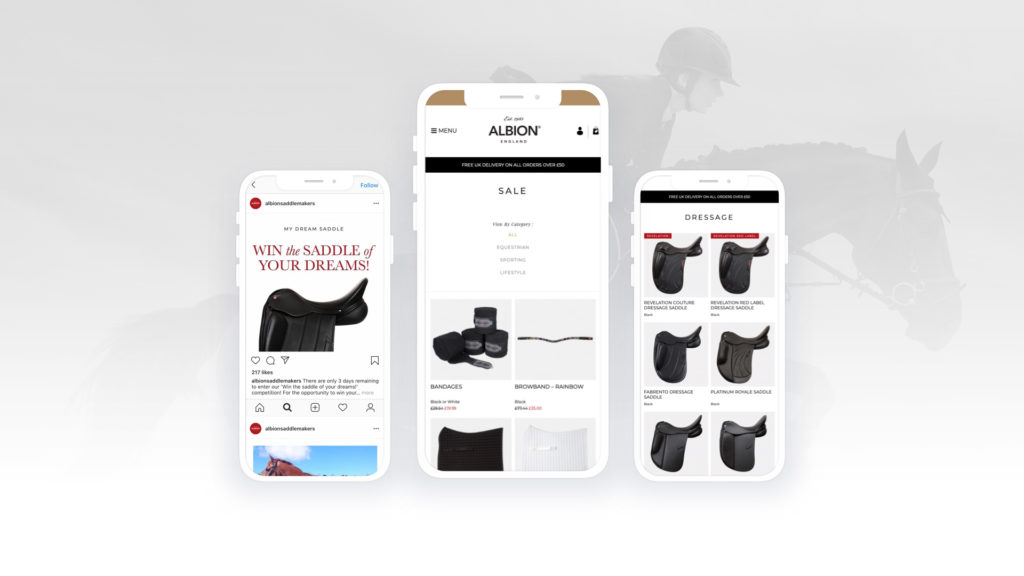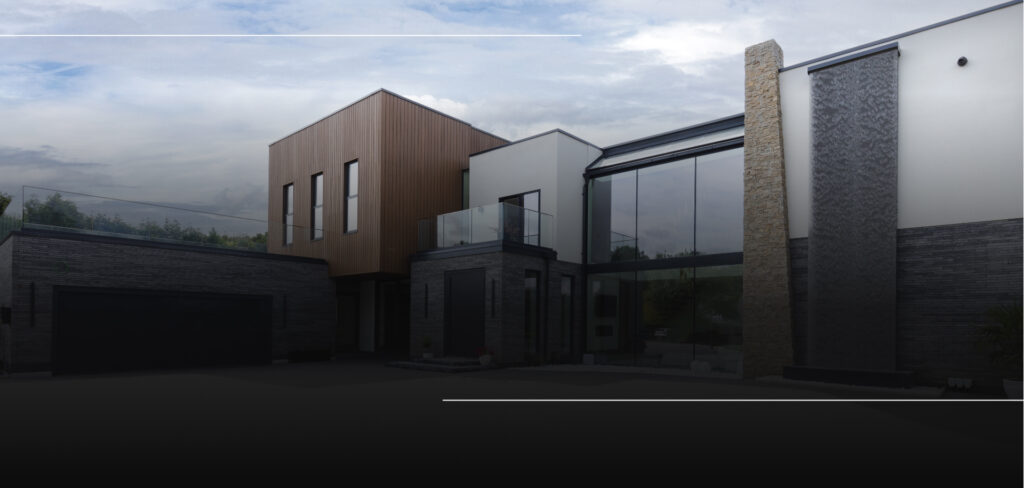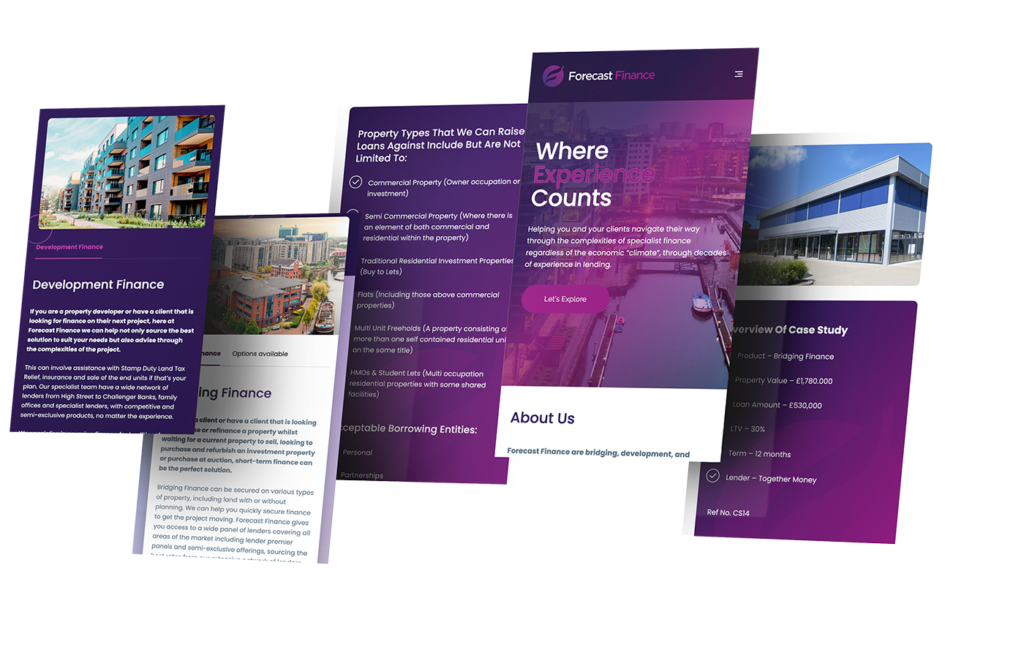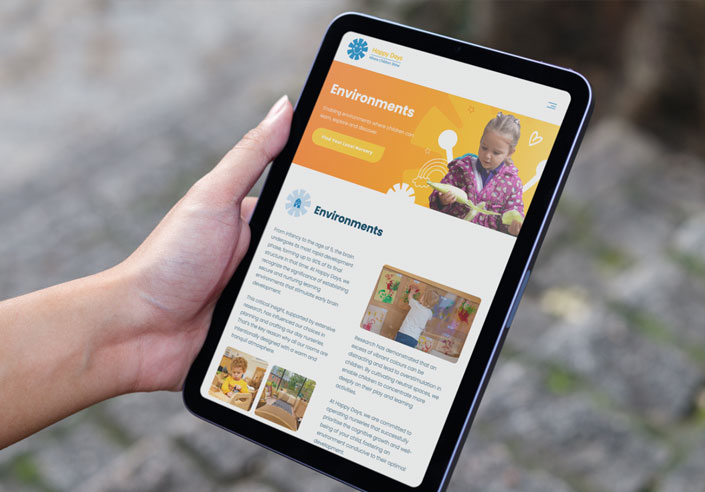Wearable Advertising: Where Do We Start?
THE BENEFITS OF WEARABLE TECHNOLOGY
CES is one of the biggest tech events of the year. Taking place over 4 days in Las Vegas, it is internationally renowned for attracting the biggest and best names in the industry. Tech companies are given a platform to showcase their latest gadgets and ideas to the world.
Back in January, we saw both the weird and the wonderful come out of CES. Visitors got the first glimpses of foldable TVs, consumer drones and even a 4D motion sofa. But what stood out head and shoulders above the rest was the number of wearables that will be coming to market over the next few months and years.
Research by Gartner reported that 50% of respondents said they would buy a smartwatch over a fitness band because it offers more mobile functionalities than fitness bands including all the health apps. Wearables represent the next step in technological advancement and realistically they are only the humble beginnings of where this technology could take us.
So now wearable tech is no longer the stuff of science fiction, how can we as marketers plan, build and design advertising for it?
Mobile ad spend in the UK now accounts for over one-fifth (23%) of all digital advertising, according to the IAB UK’s figures. In February last year, Cisco forecast that global wearable device connections would total 578 million in 2019, compared with 170 million in 2015.
You may think that advertising on smartwatches will just be a natural progression from your mobile marketing, taking on many of the same do’s and don’ts. However, as this technology is still in its infancy, any advertising will require further research and understanding.
KNOW YOUR LIMITS
Before you start any advertising you need to understand the limitations of the device. Although similar to mobiles, the features of a smartwatch are extensively limited in comparison. You are going to be working with an even smaller screen than mobile. Most smartwatches measure in at just 2 inches – that’s up to a third smaller than some mobiles! You will, therefore, need to use micro-layouts to deliver what you want to say. Wearable-friendly content is going to be the key to success with experts saying that you will have 2 seconds to capture your audience’s attention. So any information is going to need to be taken in at a glance, especially within adverts.
WHERE TO START
Due to the size of the space you have to work with, your campaign is going to need to be an adaptation of your mobile campaign for tablet and mobile. It’s advisable, as with mobile, to design the layout first thinking about where text, multimedia such as video or images can go and then write the content with the reduced layout in mind. This will make sure you are in the right mind frame to write your content.
WHAT TO FEATURE
Marketing Tech News reported that ‘Industry analysts are falling over themselves to predict an explosion in the Internet of Things (IoT) over the next few years with the introduction and adoption of connected cars, appliances, wearable technology, and more.’ Although we’re not there yet, it is an important point that you will also need to know the special features and specifications of each device. As with mobiles, these will be interchangeable depending on the device so keep that in mind. There are already some common features found on many smartwatches which you should include in your brainstorming session when thinking about how your campaign will shape up. These include:
- Health sensors
- Access to texts and phone calls
- Voice recognition (Siri and Google)
- GPS
As wearable technology advances and more and more people buy the products, advertising on these devices could be a great addition to any marketing strategy. But this will only happen if it is done correctly by brands in a way that consumers find easy to use and digest.

















